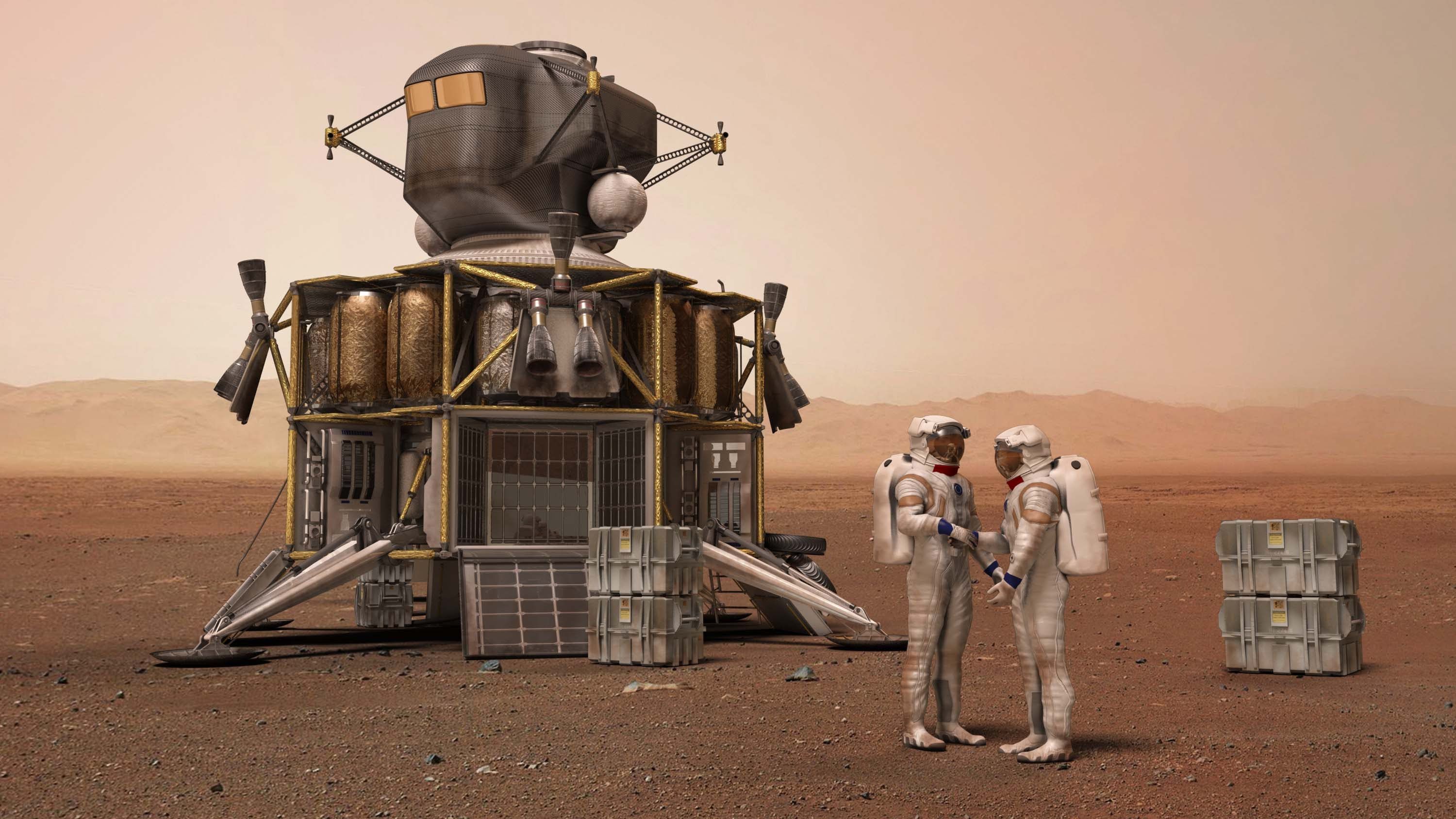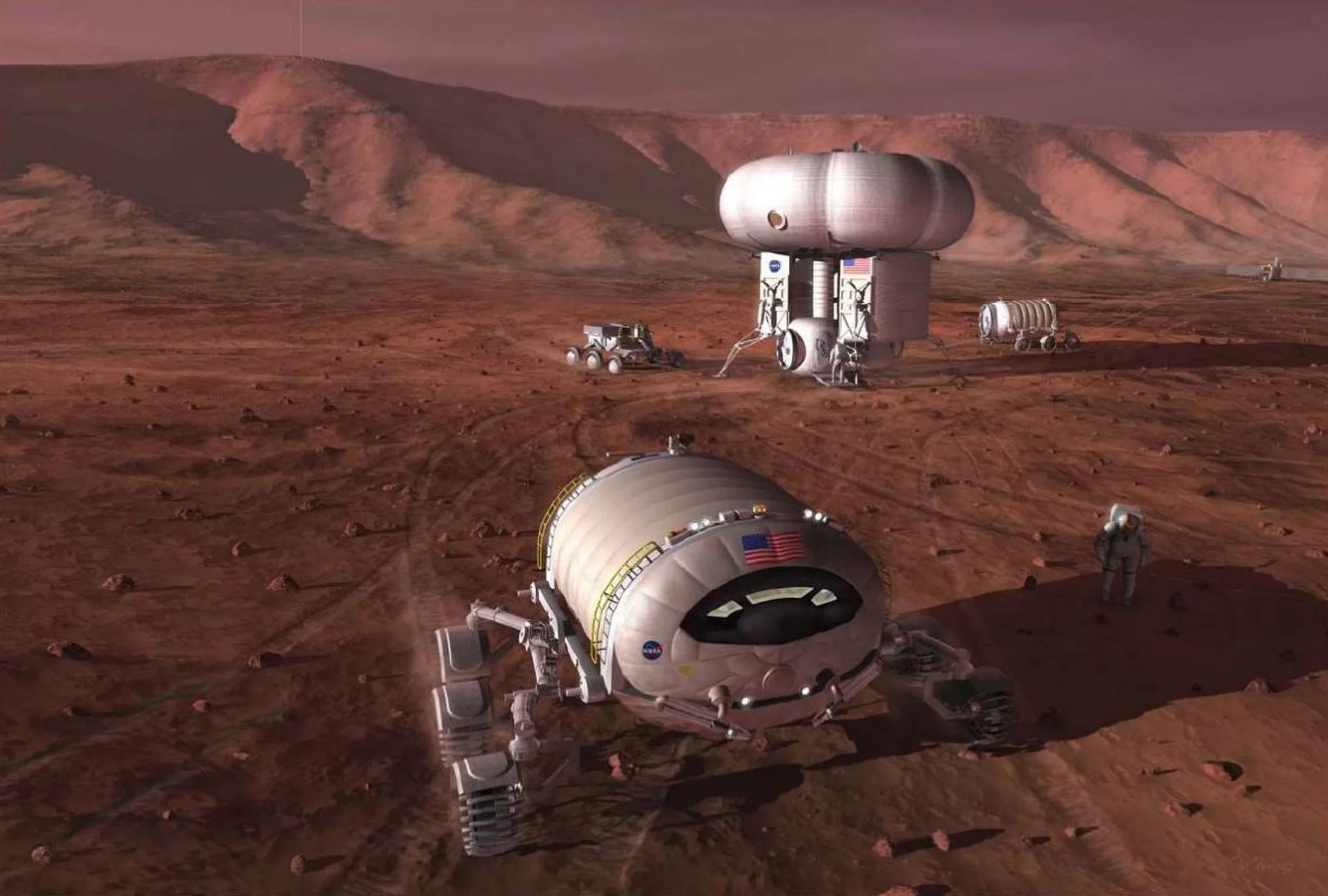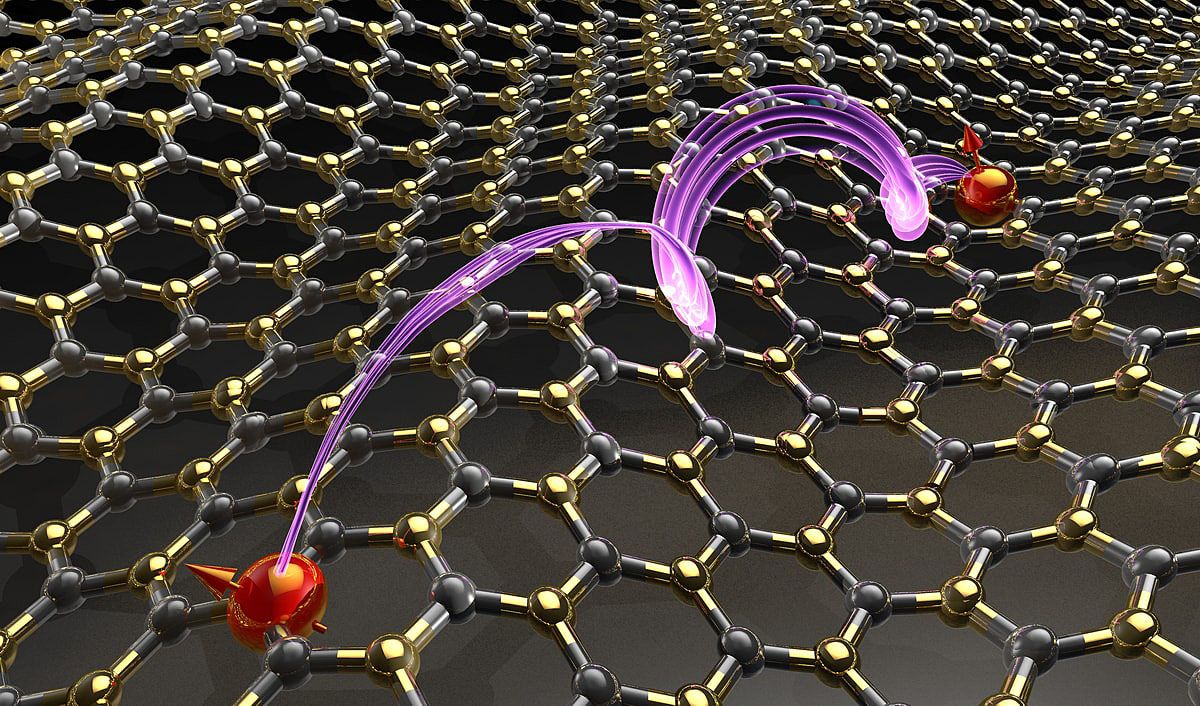Page 10117
Apr 5, 2017
New 3D printed prosthetic arms turn heads at Moscow fashion week
Posted by Roman Mednitzer in categories: 3D printing, biotech/medical, cyborgs, robotics/AI
Earlier this month, Moscow’s Mercedes-Benz Fashion Week showcased some spectacular 3D printed prosthetic arms made by designer Nikita Replyanski and Russian prosthesis manufacturer Motorica. The 3D printed prostheses, inspired by robots and butterflies, were made using Autodesk Fusion 360.
Fashion weeks, whether they’re being held in the “Big Four” fashion capitals of the world or elsewhere, tend to favor style over substance. It’s called a fashion week, after all, not a function week. But that doesn’t mean that the industry events don’t occasionally showcase items that are as sensible as they are stylish. Just have a look at what was on show at Moscow’s Mercedes-Benz Fashion Week earlier this month.
While not usually an event of major global interest like Paris Fashion Week, the Russian fashion show brought together a host of top designers looking to show off their fall/winter 2017–2018 collections. Amongst those designers was Nikita Replyanski, a Russian designer and concept artist who left the computer games industry three years ago to focus on designing physical, non-virtual items. But rather than show off dresses, shoes, hats, Replyanski was presenting something totally different: 3D printed prosthetic arms.
Continue reading “New 3D printed prosthetic arms turn heads at Moscow fashion week” »
Apr 5, 2017
Before humans can settle on Mars, planetary scientist Philip Metzger says we need to figure out these three key technologies
Posted by Klaus Baldauf in category: space
Apr 4, 2017
The factories of the future could float in space
Posted by Klaus Baldauf in categories: computing, internet, solar power, space, sustainability
Orbital manufacturing is already paving the way for better solar panels, faster internet, cleaner computer chips, and lab-grown human hearts.
Apr 4, 2017
How Smart Robots On The Moon Could Soon Supply Earth With Electricity
Posted by Klaus Baldauf in categories: robotics/AI, space
For some of us: ‘Come Together’ is merely the opening track on the famous Beatles album Abbey Road. However, didn’t you ever wonder why humanity doesn’t come together to solve at least some of its problems on Earth? How about ‘solving’ something like the electricity supply once and for all?
The global headcount is always increasing and we might crack the 8 billion mark as we speak. So the need for electricity is growing with it.
Small nations like Costa Rica show us what can be done to get rid of fossil fuels and go for Renewables instead. Scaling up the combination of wind, solar or geothermal energy to satisfy the massive demand is hard, though.
Continue reading “How Smart Robots On The Moon Could Soon Supply Earth With Electricity” »
Apr 4, 2017
Controlling forces between atoms, molecules, promising for ‘2-D hyperbolic’ materials
Posted by Saúl Morales Rodriguéz in categories: materials, particle physics
A new approach to control forces and interactions between atoms and molecules, such as those employed by geckos to climb vertical surfaces, could bring advances in new materials for developing quantum light sources.
“Closely spaced atoms and molecules in our environment are constantly interacting, attracting and repelling each other,” said Zubin Jacob, an assistant professor of electrical and computer engineering at Purdue University. “Such interactions ultimately enable a myriad of phenomena, such as the sticky pads on gecko feet, as well as photosynthesis.”
Typically, these interactions occur when atoms and molecules are between 1 to 10 nanometers apart, or roughly 1/10,000th the width of a human hair.
Apr 4, 2017
Fly Me to the Moon and Then to Mars, Boeing: Defense Firm Expands Space Plans
Posted by Dan Kummer in categories: habitats, space travel

Boeing, the world’s second-largest defense firm, has detailed the hardware it thinks humanity will need to stage a piloted mission to Mars — and outlined plans for lunar bases, which will serve as a jumping off point for deep space missions, and assist in exploration of the Moon.
Boeing, and five other companies, are already collaborating with NASA to develop the Space Launch System (SLS), which it is hoped will power a trip to Mars. Now, the firm has offered up conceptual designs for other accessories it will be useful for the mission, and a more general vision of how it could be achieved — and made easier on repeat visits. Of particular note are a deep space habitat design, and transport vehicle.
Continue reading “Fly Me to the Moon and Then to Mars, Boeing: Defense Firm Expands Space Plans” »
Apr 4, 2017
Electronic synapses that can learn: towards an artificial brain?
Posted by Saúl Morales Rodriguéz in categories: information science, robotics/AI
One of the goals of biomimetics is to take inspiration from the functioning of the brain in order to design increasingly intelligent machines. This principle is already at work in information technology, in the form of the algorithms used for completing certain tasks, such as image recognition; this, for instance, is what Facebook uses to identify photos. However, the procedure consumes a lot of energy. Vincent Garcia (Unité mixte de physique CNRS/Thales) and his colleagues have just taken a step forward in this area by creating directly on a chip an artificial synapse that is capable of learning. They have also developed a physical model that explains this learning capacity. This discovery opens the way to creating a network of synapses and hence intelligent systems requiring less time and energy.
Our brain’s learning process is linked to our synapses, which serve as connections between our neurons. The more the synapse is stimulated, the more the connection is reinforced and learning improved. Researchers took inspiration from this mechanism to design an artificial synapse, called a memristor. This electronic nanocomponent consists of a thin ferroelectric layer sandwiched between two electrodes, and whose resistance can be tuned using voltage pulses similar to those in neurons. If the resistance is low the synaptic connection will be strong, and if the resistance is high the connection will be weak. This capacity to adapt its resistance enables the synapse to learn.
Although research focusing on these artificial synapses is central to the concerns of many laboratories, the functioning of these devices remained largely unknown. The researchers have succeeded, for the first time, in developing a physical model able to predict how they function. This understanding of the process will make it possible to create more complex systems, such as a series of artificial neurons interconnected by these memristors.
Continue reading “Electronic synapses that can learn: towards an artificial brain?” »
Apr 4, 2017
This New Smartphone Screen Material Can Repair Its Own Scratches
Posted by Saúl Morales Rodriguéz in categories: materials, mobile phones
If you drop your phone and the screen shatters, you usually have two options: get it repaired or replace the phone entirely.
Chemists at the University of California, Riverside, have invented what could become a third option: a phone screen material that can heal itself.
The researchers conducted several tests on the material, including its ability to repair itself from cuts and scratches.
Continue reading “This New Smartphone Screen Material Can Repair Its Own Scratches” »
Apr 4, 2017
RAND Opens Office in the San Francisco Bay Area
Posted by Dan Kummer in categories: economics, policy, transportation
RAND has opened an office in the San Francisco Bay Area to foster collaboration with the region’s leaders and researchers working to solve today’s complex problems—issues including technological change and innovation, social inequality, water resource management, and transportation.
“RAND’s research and analysis in technology, science, and economic policy intersect directly with the innovation emerging from the San Francisco Bay Area,” said Michael D. Rich, president and CEO of RAND. “RAND’s new office should help strengthen awareness within the Bay Area community of our long-standing commitment to using evidence and data to help policy and decisionmakers enhance well-being in the region and beyond.”
RAND brings a unique set of tools to address these policy concerns: big-data analytics, gaming, and methods to help people make difficult decisions in the face of uncertainty. Nidhi Kalra, a senior information scientist, is leading the new office and will be convening public- and private-sector stakeholders to discuss important issues. “We want to partner with the region’s technology and innovation communities, to link our research and their expertise to make better policies and improve people’s lives,” she said.
Continue reading “RAND Opens Office in the San Francisco Bay Area” »

















